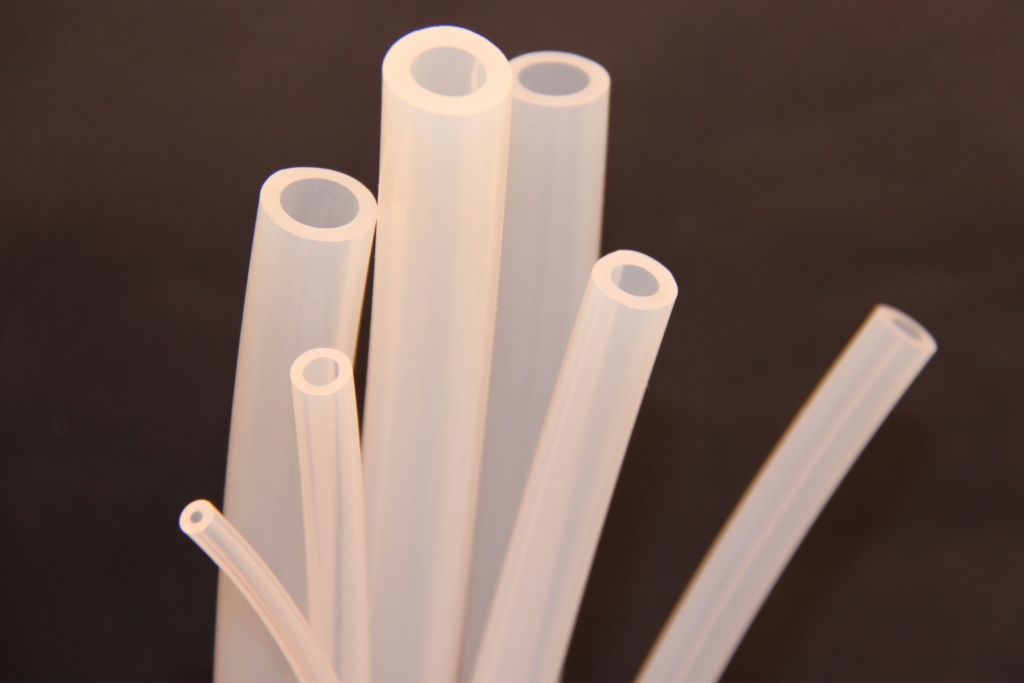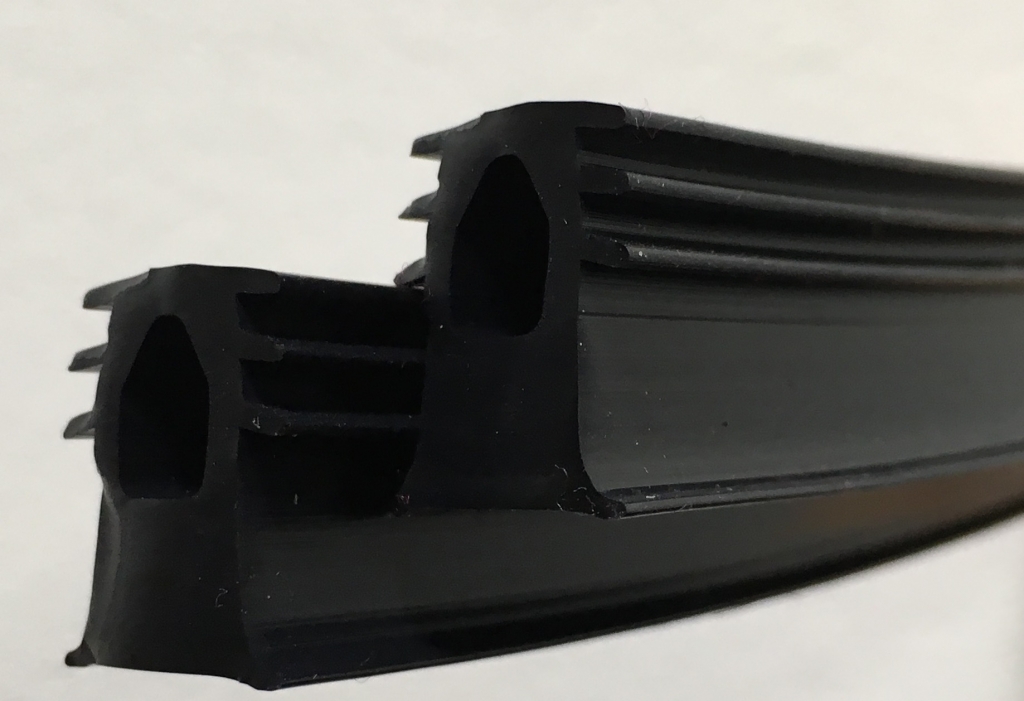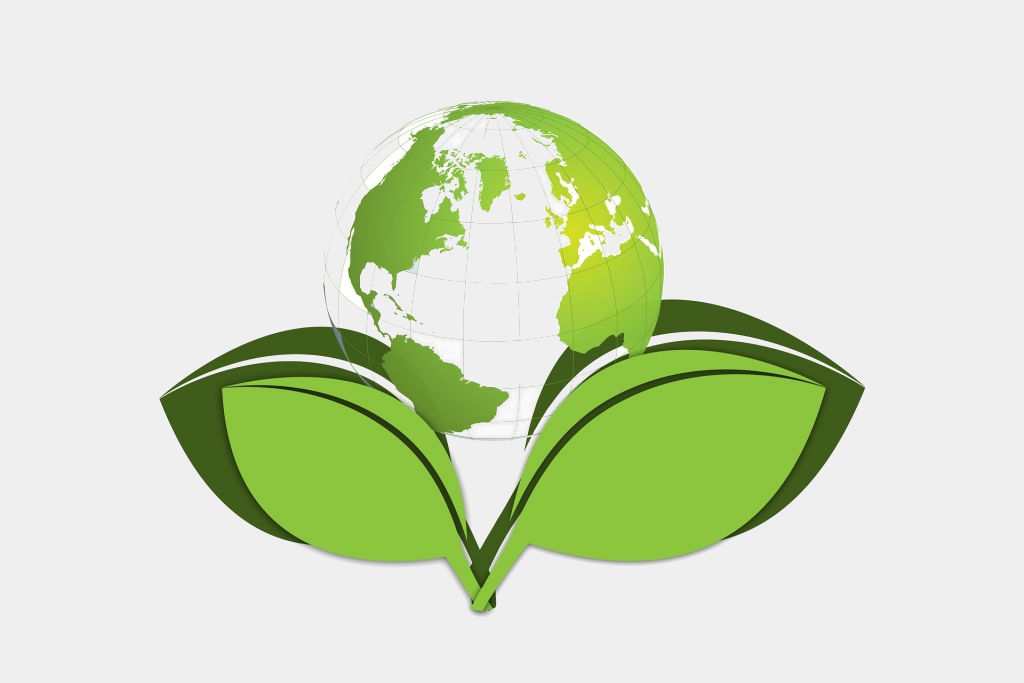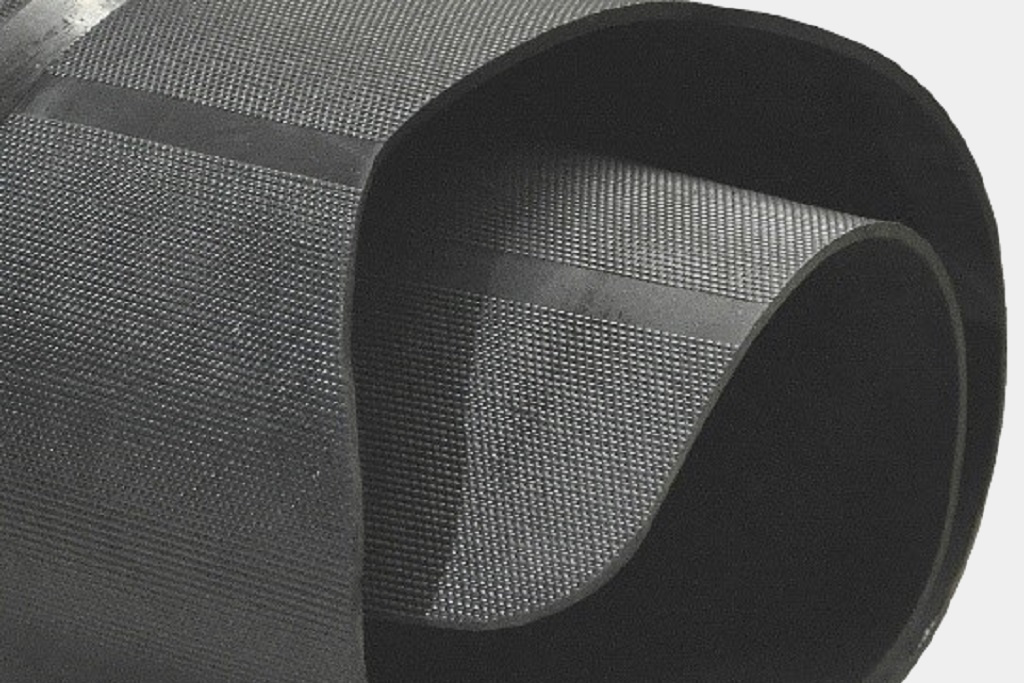ISO 45001:2018 is an international standard providing requirements for an effective occupational health and safety (OH&S) management system[1]. The standard focuses on providing safe and healthy working conditions. This is proactively performed by identifying risks and opportunities, carrying out hazard identification and risk assessments and adding different controls. These actions result in a reduction of risk and hence in an improvement in work, health and safety. ISO 45001:2018 is based on earlier international standards in this area (e.g. OHSAS 18001 or the International Labour Organisation’s ILO-OHS Guidelines etc.)[2].
The standard is suitable for all types and sizes of organisation[3]. It uses a high level structure (see Figure 1) which is similar to other ISO standards and in particular the quality management system (ISO 9001:2015) that Jehbco has been holding for the last 20 years. In addition, ISO 45001:2018 closely follows ISO 14001:2015 which is an environmental management system standard that Jehbco is currently implementing. Thus, ISO 45001 can be easily integrated into our existing quality management system and business processes.
The implementation of an OH&S management system brings many benefits to an organisation. For example, it helps companies to proactively protect the health and safety of their employees and visitors by measuring and reducing OH&S risks. This leads to less workplace incidents, decreased absenteeism and increased productivity. It would also increase the safety awareness of every employee by encouraging them to take an active role in their own OH&S system and reinforce the commitment of management to proactively improve OH&S performance.
Finally, having an OH&S management system improves the ability of a company to meet legal and regulatory requirements. Furthermore, ISO 45001 certification can open organisation access to new markets through competitive advantage[4].
Jehbco is currently developing and implementing an occupational health and safety management system which will be integrated into its certified quality management system (ISO 9001:2015). Jehbco aims to get its OH&S management system certified in parallel with its environmental management system by the end of 2020.
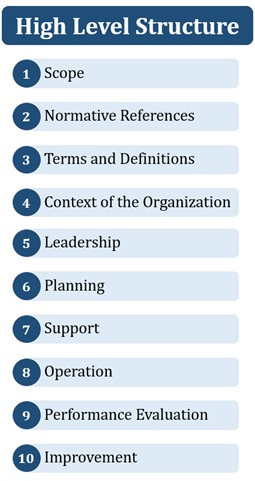
High Level structure diagram for the implementation of ISO 45001:2018 – Jehbco Silicones
To find out more about quality assurance at Jehbco, please read this article.
To know more about ISO environmental certification (ISO 14001:2015), please click here.
References
- ISO 45001:2018 standard, November 2019
- International Organization for standardization , ‘ISO 45001 occupational health and safety’, viewed on 20th November 2019, https://www.iso.org/iso-45001-occupational-health-and-safety.htmlhttps://www.globalspec.com/learnmore/flow_control_fluid_transfer/pipe_tubing_hose_fittings_accessories/medical_tubing (accessed 31st October 2019)
- International Organization for standardization, ‘Occupational health and safety ISO 45001’, viewed on 20th November 2019, https://www.iso.org/files/live/sites/isoorg/files/store/en/PUB100427.pdf
- Interlek, ‘ISO 45001 – Occupational Health & Safety Management Systems Certification’, viewed on 20th November 2019, https://www.intertek.com/assurance/aus-nz-iso45001/




